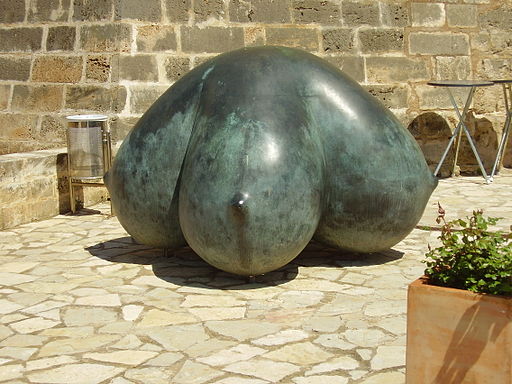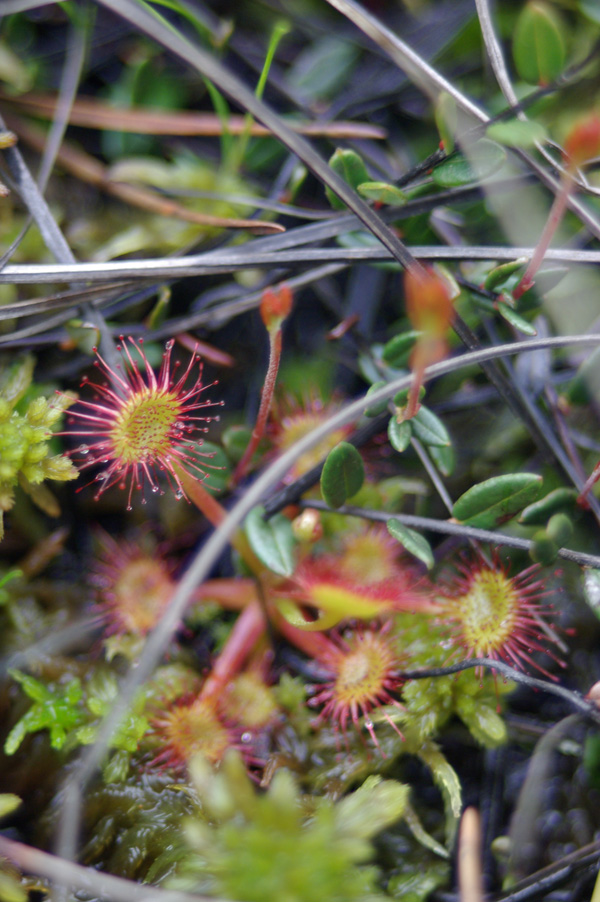Not stated is whether they manage to lose weight, nor whether they still get cavities or develop diabetes. But a recent article in Science shows that cockroaches evolved an aversion to glucose after glucose was used for a number of years as a poisoned bait. That is, the cockroaches developed an aversion to the bait rather than a resistance to the poison. The Science article is kind of written in Greek
In response to the anthropogenic assault of toxic baits, populations of the German cockroach have rapidly evolved an adaptive behavioral aversion to glucose (a phagostimulant component of baits).
but The New York Times has a nice summary and notes, almost as a throw-away, that the result might have application to diseases, such as malaria, that are spread by mosquitoes.
Memo to potential trolls: Yes, yes, we know—they are still cockroaches!!











Recent Comments